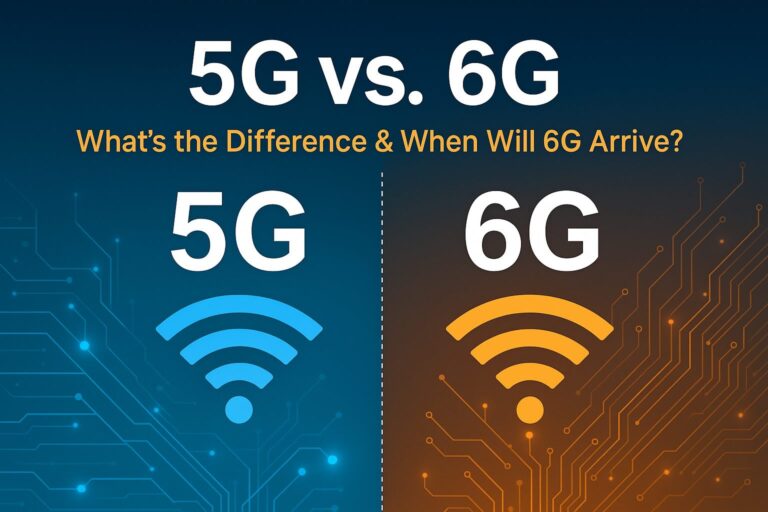As the world becomes increasingly connected, the importance of network security has never been greater. Traditional firewalls, which have been a cornerstone of network security for decades, are no longer enough to protect modern organizations from sophisticated cyber threats. In this article, we will explore the future of network security and why it’s time to look beyond traditional firewalls.
The Evolution of Network Security
Network security has come a long way since the introduction of firewalls in the early 1990s. Firewalls were designed to prevent unauthorized access to a network by filtering incoming and outgoing traffic based on predefined rules. While firewalls were effective at blocking known threats, they were limited in their ability to detect and respond to new and unknown attacks.
As networks became more complex and interconnected, new technologies emerged to address the limitations of traditional firewalls. These technologies include intrusion detection and prevention systems (IDPS), virtual private networks (VPNs), and next-generation firewalls (NGFWs).
IDPS are designed to monitor network traffic for suspicious activity and alert administrators when a potential threat is detected. VPNs provide a secure connection between remote users and the organization’s network, while NGFWs combine the functionality of a firewall and an IDPS into a single device.
The Limitations of Traditional Firewalls
Despite these advancements, traditional firewalls still have significant limitations that make them inadequate for modern network security needs. Here are some reasons why:
1. Limited visibility: Traditional firewalls only provide visibility into network traffic that passes through them. They cannot see traffic that bypasses the firewall, such as traffic that enters the network through an unsecured device or an unmonitored port.
2. Static rules: Traditional firewalls rely on predefined rules that are static and inflexible. These rules cannot adapt to changing network environments or new threats, making it difficult to provide effective protection against emerging threats.
3. Lack of context: Traditional firewalls do not consider the context of network traffic, such as user identity, application type, or location. This lack of context makes it difficult to distinguish between benign and malicious traffic, leading to false positives and false negatives.
4. Limited protection: Traditional firewalls only provide protection against known threats based on signatures or rulesets. They cannot detect or respond to new and unknown threats that do not match these signatures or rulesets.
The Future of Network Security: Beyond Traditional Firewalls
To address these limitations, organizations must look beyond traditional firewalls and adopt a more holistic approach to network security. Here are some emerging technologies that are transforming network security:
1. Cloud-based security: Cloud-based security solutions provide centralized management and visibility into network traffic across multiple locations and devices. They also offer advanced threat detection and response capabilities that go beyond traditional signature-based detection methods.
2. Artificial intelligence (AI) and machine learning (ML): AI and ML algorithms can analyze large volumes of network traffic in real-time, identify anomalies and patterns that indicate potential threats, and automatically respond to these threats without human intervention. This enables organizations to detect and respond to new and unknown threats faster than traditional signature-based detection methods.
3. Microsegmentation: Microsegmentation is a technique that divides a network into smaller segments based on application workloads, user roles, or other criteria. This enables organizations to apply granular access controls and security policies at the segment level, rather than at the perimeter level, providing more granular protection against lateral movement by attackers inside the network perimeter.
4. Zero Trust Architecture: Zero Trust Architecture (ZTA) is an approach that assumes all users, devices, and applications are potential threats until they are verified as trusted entities. This requires strict access controls, multi-factor authentication (MFA), encryption, and continuous monitoring of all network activity to ensure that only authorized users can access sensitive data and resources within the organization’s network perimeter.
Conclusion:
In conclusion, traditional firewalls have served as a critical component of network security for decades; however, they are no longer sufficient in today’s complex threat landscape where cybercriminals are constantly evolving their tactics to bypass traditional defenses. Organizations must look beyond traditional firewalls and adopt emerging technologies such as cloud-based security solutions, AI/ML algorithms, microsegmentation, and ZTA to provide more holistic protection against modern cyber threats while minimizing false positives/negatives and improving overall operational efficiency through automation/orchestration capabilities enabled by these technologies












